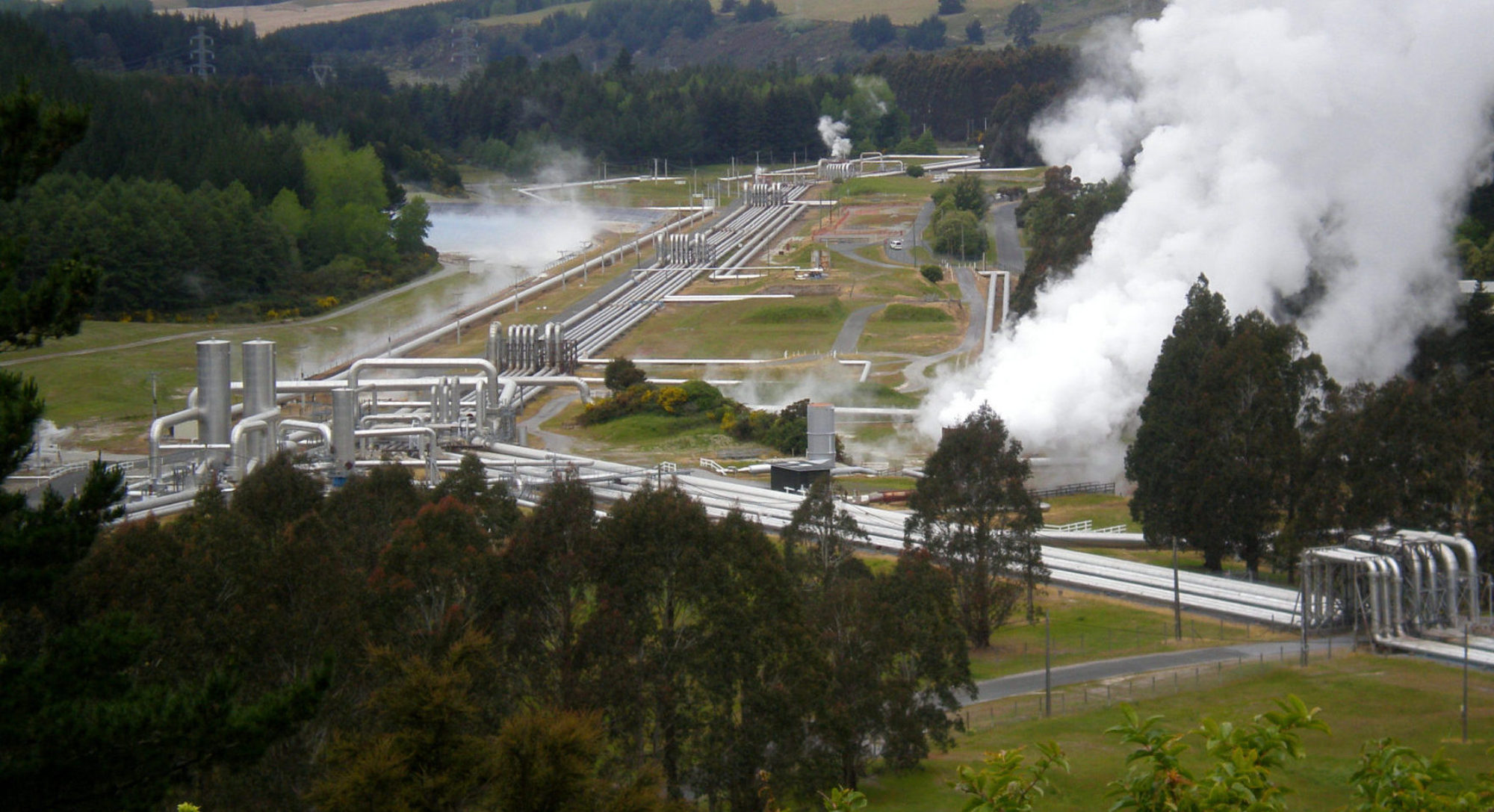The RF sensor works by tracking changes in impedance. Changes in water content inside the pipe affect the internal impedance inside the structure. These changes are tracked by the sensor. Data can be taken multiple times per second, for very detailed analysis of changes to the flow. The onboard computer system allows connection to a variety of networks.
Sensor Installation:
The RF sensor has two components: a group of support electronics, and an antenna that is inserted into the pipe. The antenna can be installed by inserting it through standard 1” diameter TFT or chemical-sample tap ports.

RF antenna installed in tap port
Pressure is maintained by a compression seal similar to that used during injection for a tracer flow test. A preventor is added as a safety precaution, to avoid inadvertent movement of the antenna out of the pressure seal.

Cutaway view of antenna probe in place in the fluid flow
The antennas have a probe that extends into the fluid as shown. The rest of the antenna structure remains in the body of the tap port.
Performance:
The sensor measures small changes in steam/water content (void fraction) multiple times per second. With such immediate response, the RF sensor is able to immediately track changes in the flow. These results are interpreted and characterized, showing changes in flow parameters, flow regime, onset of slug flow, and other effects.
When two sensors are used, the combined data allows for a calculation of water flow velocity and flow direction. These calculations help provide the information needed to determine overall mass flow.
A dual installation requires two antennas. One may be installed in a TFT injection port, and the other in a TFT sample port.
Contact us to discuss how the RF sensor can provide the best solution for your field.
